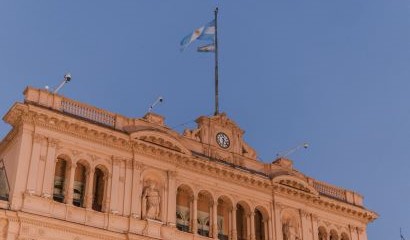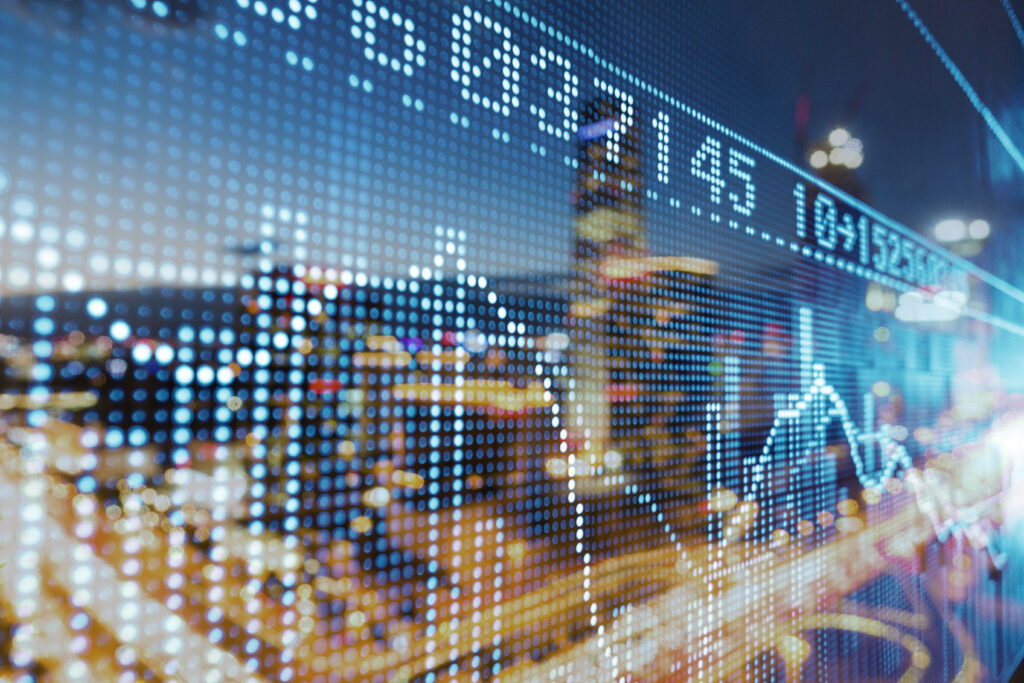Global bond markets liberated in late 1H25 after tariff turmoil – 1H25 Bond Highlights
Heading into June, it looked as if the global economic uncertainty created by US President Donald Trump’s Liberation Day would hamper bond issuance in 1H25. Instead, primary markets have hit another gear in the last few weeks, with several regions turning out new records, and driving activity towards parity with 1H24. In 1Q25, USD 2.75bn in paper passed from issuers to investors and the total for 2Q25 is only narrowly down year-on-year (YoY) at USD 2.2trn.
Despite trade barriers going up against much of the world, the US remains the driving force of the global bond market. The broader Americas region, dominated by the US, accounted for 39% total issuance in 1H25, with USD 2tn in volume from 6,439 deals. That’s despite US credit spreads widening much further than Europe during the tariff crisis as investors feared a recession. More recently, concern has moved to the US debt ceiling and the impact of Trump’s “Big Beautiful Bill” that includes tax cuts. And yet the laggard this year has been the APAC bond market, where only USD 1.3tn has been syndicated so far.
Corporate bonds remain the debt capital markets instrument of choice. In total, non-financial businesses raised USD 1.73tn in debt in 1H25. That’s broadly flat YoY, at 34% of total issuance. There has been a noticeable drop in activity in the asset/mortgage-backed securities market — down from 15% in 1H24 to 13% in 1H25 — while financials and sovereign or supranational debt issuance has matched last year’s rapid pace.
Unsurprisingly, sectors that have featured heavily in US tariff policy have struggled to raise capital at the same pace as last year. Automotive firms, which still have to pay a 25% surcharge to import into the US, have syndicated USD 170bn in debt globally, down from USD 197bn YoY. More unexpected is the sharp drop in issuance by healthcare companies, from USD 139bn in 1H24 to only USD 95bn in 1H25. The busiest sector remains utilities and energy, where issuance is up YoY at USD 279bn.
Another indicator of the market’s resilience is the strength of leveraged finance markets. Despite a general risk-off tone in April, and huge global instability, high yields are still around 7% of the total. That’s consistent with last year, albeit way down on 2021, when the figure was 11%.
However, in the market for environmental, social and green (ESG) bonds, there does appear to be a drop in activity. The global issuance of green bonds, usually the busiest ESG asset class, has increased 10% QoQ to USD 143bn. However, both sustainability and social bond issuances dropped by 40% and 23%, respectively. It brings ESG issuance to a QoQ decrease of 10% to USD 214bn.

















